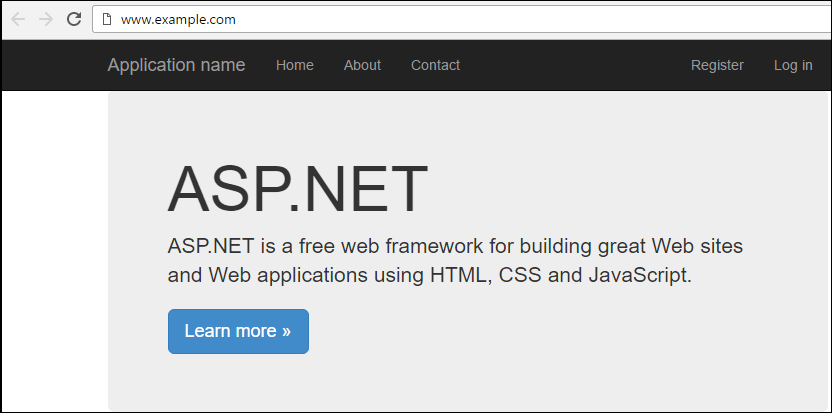MVC - Routing


by
Jeremy Canfield |
Updated: March 20 2020
| MVC articles
A new MVC project will automatically create the Home Controller and View. A few different URLs will all produce the same page:
- www.example.com
- www.example.com/Home
- www.example.com/Home/Index

This is made possible by MVC Routing. The following line in the Global.asax.cs file make is possilbe to use Routing.
RouteConfig.RegisterRoutes(RouteTable.Routes);
The RouteConfig.cs file under the App_Start folder contains the specific configuration settings.
using System;
using System.Collections.Generic;
using System.Linq;
using System.Web;
using System.Web.Mvc;
using System.Web.Routing;
namespace www.example.com
{
public class RouteConfig
{
public static void RegisterRoutes(RouteCollection routes)
{
routes.IgnoreRoute("{resource}.axd/{*pathInfo}");
routes.MapRoute(
name: "Default",
url: "{controller}/{action}/{id}",
defaults: new { controller = "Home", action = "Index", id = UrlParameter.Optional }
);
}
}
}
Notice in this example the Default route has controller = "Home" and action = "Index". When www.example.com/Home is requested, /Index is automatically assumed. Likewise, when www.example.com is requested, /Home/Index is automatically assumed.
Did you find this article helpful?
If so, consider buying me a coffee over at 